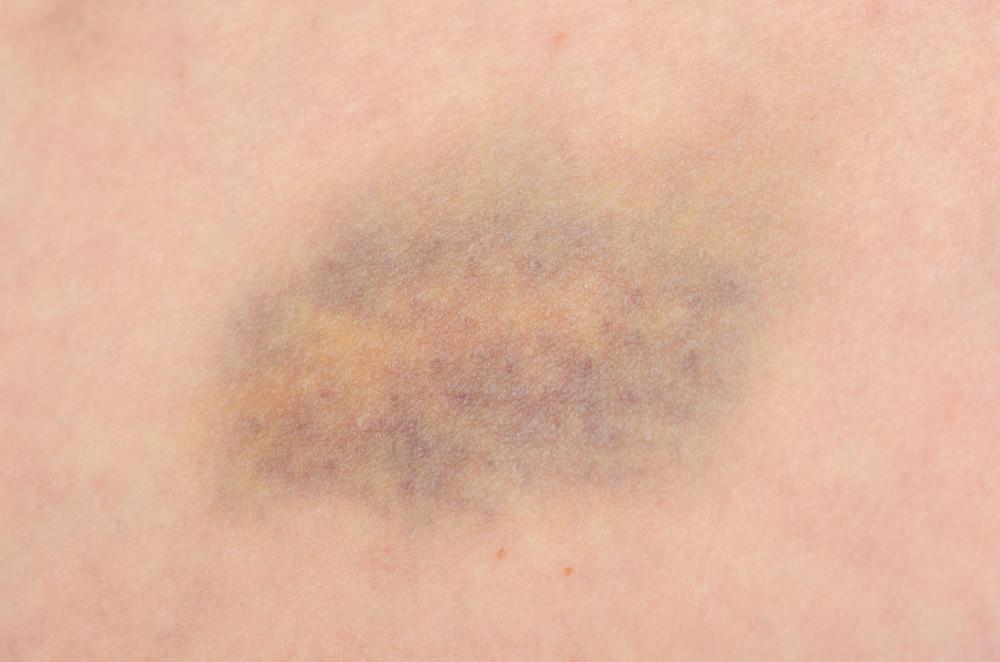At WiseGEEK, we're committed to delivering accurate, trustworthy information. Our expert-authored content is rigorously fact-checked and sourced from credible authorities. Discover how we uphold the highest standards in providing you with reliable knowledge.
How do I Treat a Strained Stomach Muscle?
A strained stomach muscle is treated in much the same manner as other types of muscle strains, though with a few variations. The causes of a strained stomach muscle are usually linked to some sort of athletic activity, though they are certainly not limited to sports. Sitting up too quickly, moving in a twisting motion, or receiving a direct impact to the abdominal muscles can all lead to a strained stomach muscle. Less serious strains may simply require adequate rest and icing, while other, more serious strains may require anti-inflammatory medication and physical therapy.
The symptoms of a strained stomach muscle include soreness or tenderness in the affected area, swelling, bruising, dull pain, and limited mobility. Regardless of the severity of the strained stomach muscle, the first steps in treating the injury are rest and ice. Ice helps keep any swelling down, and it also helps prevent bruising. The injury should be iced immediately after the injury occurs. Pain reducing medications can be purchased over the counter, and they may be taken to help alleviate some of the pain. One should check the product to make sure he or she is not allergic to them before ingesting.

In more serious cases, a doctor may prescribe an anti-inflammatory medication to keep swelling to a minimum and encourage muscle recovery. The most important step when treating any strained stomach muscle is allowing for adequate rest. This could take anywhere from one day to several weeks, depending on the severity of the injury; using the muscle too soon after injury can prevent healing and even lead to re-injury. Once the stomach muscles do not hurt during normal, every-day movements, the injured person may begin doing light stretches and simple mobility exercises. If pain is felt at any point during such exercises, the injured person should stop immediately and allow the muscles to rest. If moderate to severe pain persists for more than a few days to a week, one should consult a doctor.

Long periods of rest means faster healing time for the strained stomach muscle, but it also means a loss of strength and tone in that muscle. Once the injured person does not feel pain in the stomach muscles, it is time to rebuild strength by doing strength training exercises. It is important to start small, with fewer repetitions and less strenuous exercises, and then build from there. Starting with too much weight or too many repetitions can quickly lead to re-injury.
AS FEATURED ON:
AS FEATURED ON:












Discuss this Article
Post your comments